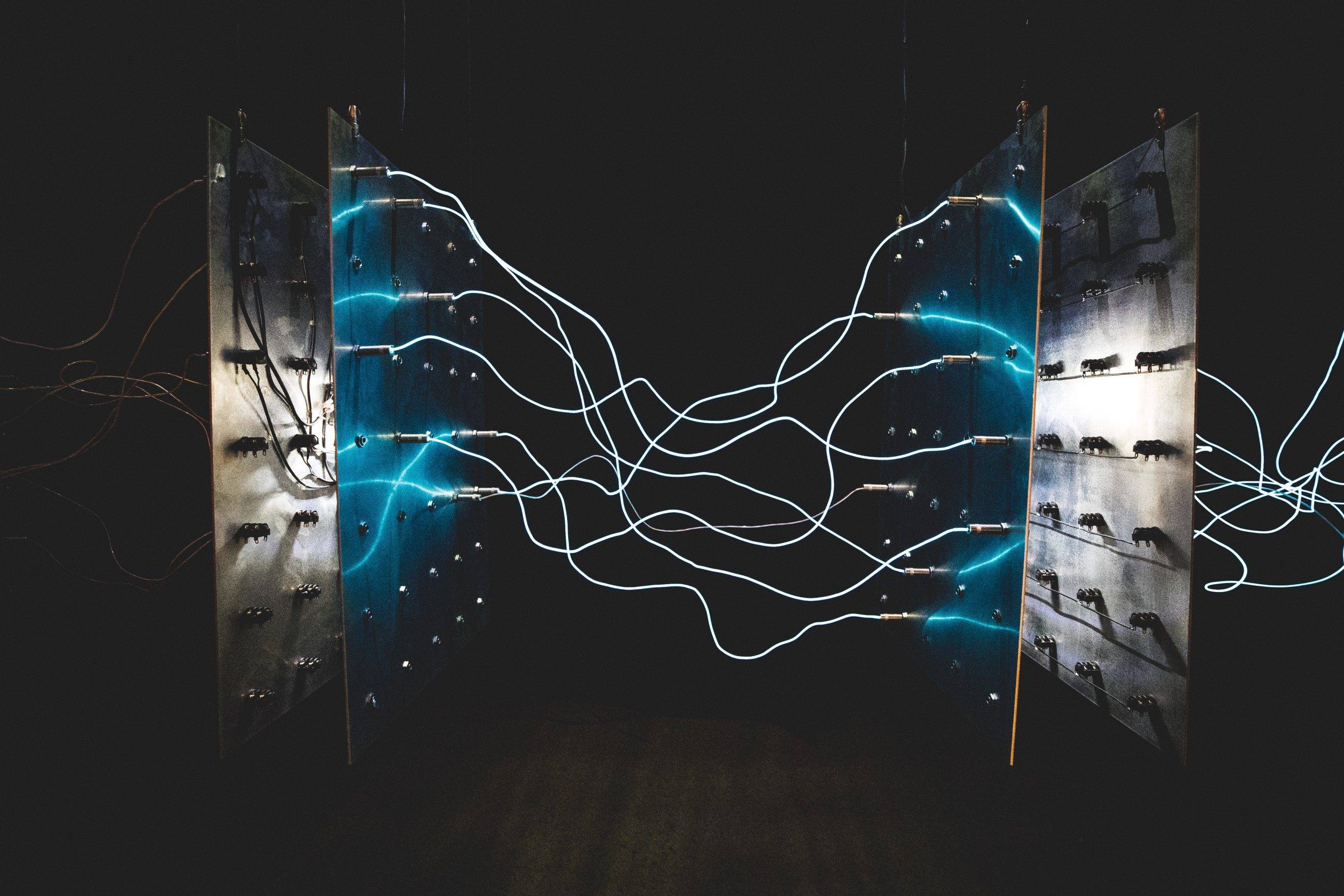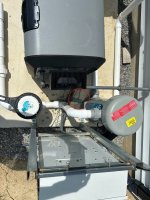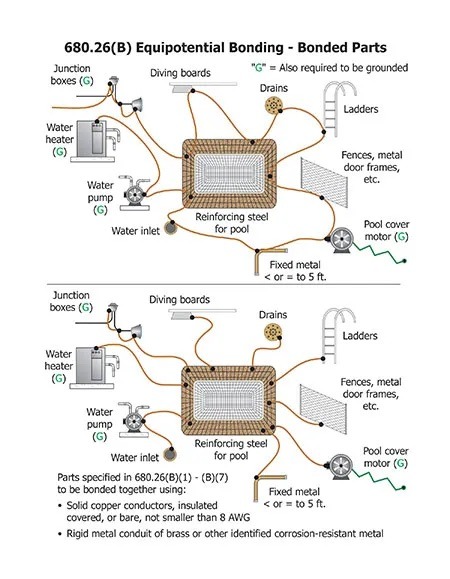So I am still having problems with my pool the more I look into existing problems with my pool. I will attach some pictures of my pool pad.
I know the uv and frog system should be removed but not touching anything until legal issues are wrapped up
1. while looking at my instructions for my jandy pool heater i noticed I do not have a check valve between the frog and the heater. Im being told there is a hartford loop but unless they are using the uv filter as one, I do not see it.
2. My heater does not have a pressure relief valve on it
3. Is this all grounded correctly? the heater pump and uv all go to a wire terminal ground bar that is screwed to the concrete. this terminal bar then has a wire that goes into the ground and I assume that this is my bonding wire. But is this actually grounded correctly? I know they had to re-drill the holes for my hand rail which I assume broken the bonding loop and my power cover motor has no copper wire to the grounding lug inside the box
4. should their be a check value on the inlet side to my pump as the pad is higher than the pool.
5. is my pool heater too close to the other equipment?
I know the uv and frog system should be removed but not touching anything until legal issues are wrapped up
1. while looking at my instructions for my jandy pool heater i noticed I do not have a check valve between the frog and the heater. Im being told there is a hartford loop but unless they are using the uv filter as one, I do not see it.
2. My heater does not have a pressure relief valve on it
3. Is this all grounded correctly? the heater pump and uv all go to a wire terminal ground bar that is screwed to the concrete. this terminal bar then has a wire that goes into the ground and I assume that this is my bonding wire. But is this actually grounded correctly? I know they had to re-drill the holes for my hand rail which I assume broken the bonding loop and my power cover motor has no copper wire to the grounding lug inside the box
4. should their be a check value on the inlet side to my pump as the pad is higher than the pool.
5. is my pool heater too close to the other equipment?








